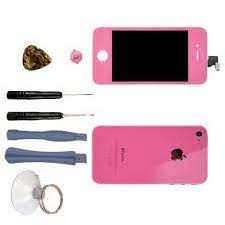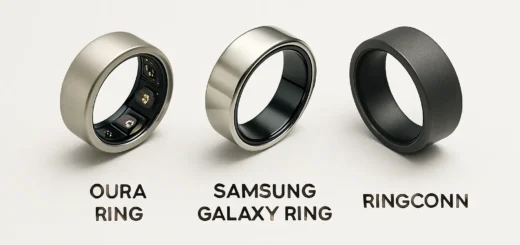The Basic Guide To Smart Homes
The concept of smart homes is not new. The vision of smart home technologies was presented to us long back through the famous animated sitcom, “The Jetsons” created by Hanna-Barbera in 1962.
From video chatting to interactive newspapers, there are many innovations from The Jetsons that are actually a part of our daily lives today. The invention of the flying car was brilliantly portrayed in the sitcom, and now it is a reality with Slovakian startup Aero Mobil’s smart car that can turn into a flying aeroplane and vice versa. It is the best example of a flying car of the current generation. Other Jetson-inspired technologies that are being used in our life right now are robotic help, jetpacks, 3D printed food, smart watches, smart shoes, drones, holograms and many more.
The new wave of the IoT (Internet of Things) has made it possible to convert this animated sitcom into reality and deliver inspiration to turn everyday things into smart things. Many people are looking forward to embracing the latest technologies for their homes, and are trying to build a luxurious lifestyle, which includes:
- Smart security and safety – Smart surveillance cameras for outdoors and indoors can be bought for the entire family’s security and safety.
- Smart convenience and comfort – Imagine a condition when people can turn on the ceiling fans and open the curtains with a single tap without getting up from the bed.
- Smart lighting and entertainment – You can manage your rooms’ lighting as per your mood with the help of smart LED lights or manage the audio system throughout the house and choose your favourite music collection from your iPod or smart phone’s media library.
- Smart monitoring and cooking – A smart cooking device can equip you with the easiest ways of cooking and monitor the food in your kitchen.
How Smart Homes Work
You can buy a home automation hub, install it in your house, and load up the application on your smartphone to control the system. However, it all comes down to a good internet connection, which allows the devices to receive commands and software updates. The internet connection also means that devices can check online for answers to your questions or check what’s on your calendar for today. Since there is a lot of software integrated with the devices, they can gain extra features and learn new tricks without you having to replace the physical hubs and speakers in your house.
These smart devices are using various languages to communicate; hence they don’t necessarily work with each other. If you plan to buy a home automation hub, you’ll find some competing standards and platforms, which can be confusing. Every company wants you to select its proprietary gadget for your smart home. As a result, they are slightly reluctant to add support for their competitors’ devices. The good news is that developers are no more restraining themselves, and with all this confusion, they have begun manufacturing products that work with all the smart home platforms.
Unfortunately, not all device manufacturers support diverse standards, so it’s a question of doing as much research and reading the small print before purchasing a gadget. The smart home platform is changing quickly, which is both good and bad news for the modest consumer. It means new partnerships and integrations are continually being added, but it also means that your gadget can become outdated quickly, unable to talk to anything else in your emerging smart home.
Applications like If This Then That (IFTTT) can somewhat bridge the gap by connecting services and devices and that don’t transmit information to each other. IFTTT can let you get alerts about your washing machine, close your garage door on a schedule, and more—but again, the number of supported devices change on a regular basis.
Setting Up A Smart Home
If you plan to build your own smart home, the first step is to decide what you want the home automation hub to be able to do. Bulk up the home security? Control the lights and ceiling fans? Use voice commands to play music? Once you have a clear set of objectives, pick an integration platform that fits most of your needs—and that you will find convenient to use—and base the rest of your judgement around that.
For instance, if you like the look of a particular hub, buy smart home devices that can be controlled by that hub. If you think you may want to switch from one hub to another, get gadgets that work with as many platforms as possible. Understanding how all of the smart home systems work together can be a little baffling at first, so don’t over complicate it if you don’t need to.
Most smart home devices will work independently, which means you don’t have to be worried about designing some extravagant system where everything is compatible. The key advantage of buying devices that all work with one hub is that you can use a single system to control everything in sync, instead of downloading multiple apps to your phone. Luckily, setting up most smart home gadgets is a breeze, and you’ll only need to install an app and tell the Wifi password to your smart appliance. Following that, you can savour the rewards of an app-controlled thermostat, lock, or lightbulb that understands your preferences over time.
With several platforms and so many gadgets now on sale to choose from, there isn’t a wrong or right way to build your smart home. The possibilities are virtually unlimited, so don’t stop exploring.
Author Bio: Arindam Paul is a founding member of Atomberg Technologies, a startup working towards manufacturing unique energy efficient fans and tech savvy products. He is currently heading the Marketing and Long term strategy division at Atomberg and is aiming to disrupt the world of household appliances.


